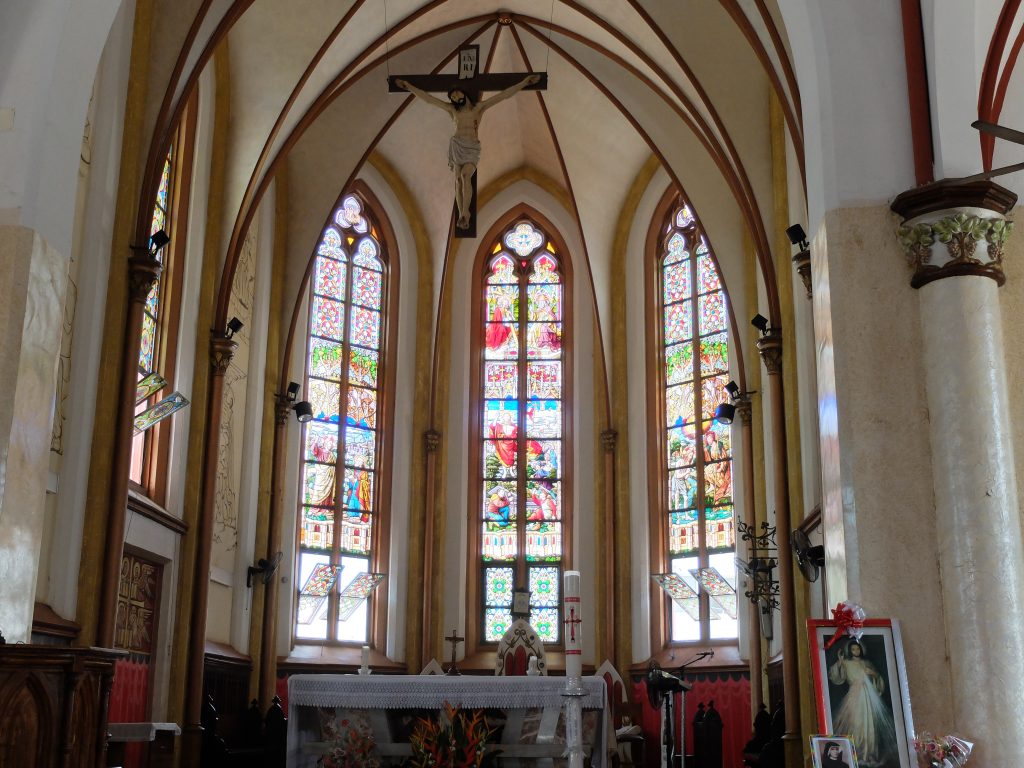
Despite the fact that today Lome is the capitol of the Republic of Togo where French is the official language, one can still find along its quiet streets remnants of its unlikely German past.
Lome was once the crown jewel in the German colonial empire which was founded in 1884 and lasted until the end of World War I.
Togoland, as the region was known, became a German colony in February 1884 when German soldiers kidnapped some local potentates at the town of Aneho – a former Portuguese slave market and coerced them into signing a treaty of protection.
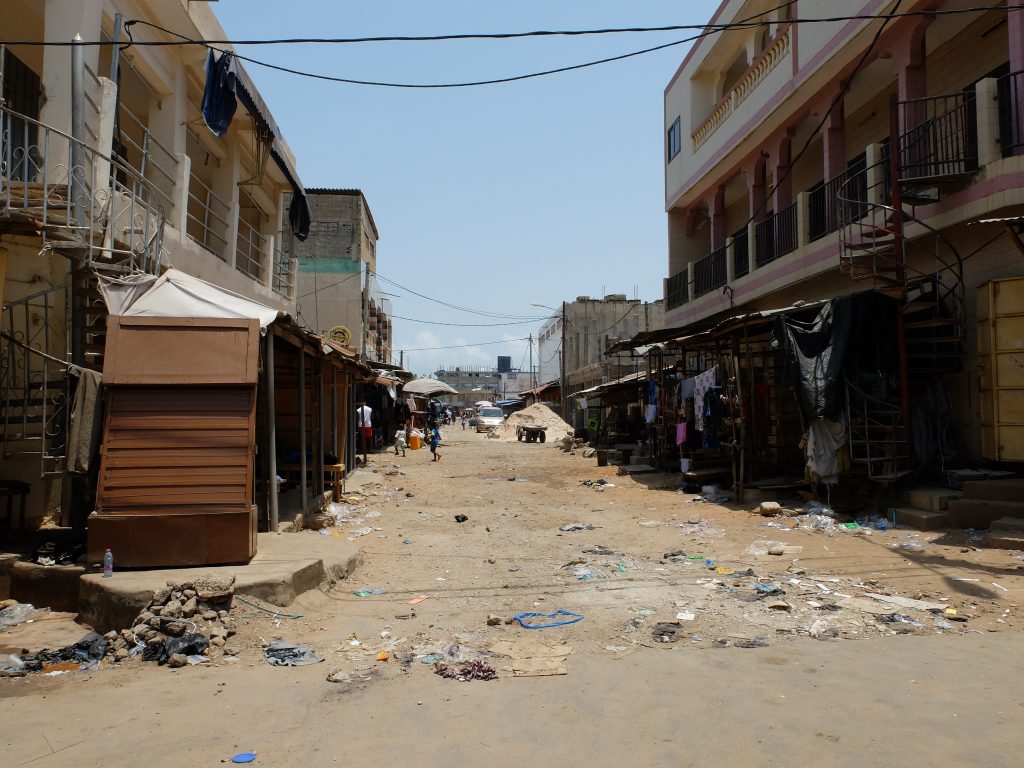
Despite the bustling city of 1.5 million people, one can find the remains of the old German colonial capitol which is even more impressive given that Lome was not their first choice.
The Germans first made Bagida their capitol (from 1884-1887), an area which is today a suburb of Lome. From 1887-1897 the capitol was placed at Sebeab, another coastal spot that was more centrally located and was near the aforementioned Aneho. The capitol finally returned to Lome in 1897 and has been the regional center of power ever since.
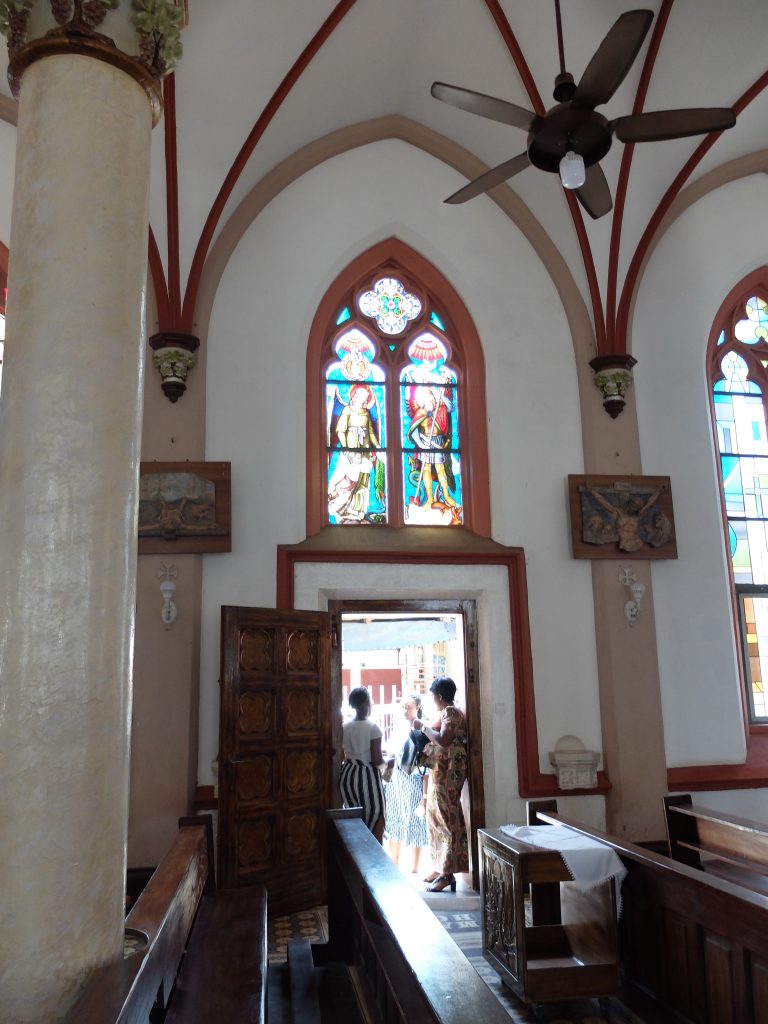
The most impressive and easily accessible German colonial structure in Togo is the Sacred Heart Cathedral whose neo-Gothic spires have risen over downtown Lome since 1902 and today stand over its bustling central market which is a pedestrian space. Work on the church began in 1901 and was completed a year later along with the neighboring bishop’s residence which still survives. Pope John Paul the second celebrated mass here in 1985.
More recently glaziers from Nuremberg restored the stained-glass to their original state. Hawkers of second hand clothes and pastries sweat sugar in the tropical sun as service is conducted on Sundays. Nearby Hausa money changers are a reminder of how close Lome is to Ghana. In colonial times the site of the German colony was two miles away but, today the city of Lome sprawls along the Ghanaian border. The German colonial force was largely recruited out of members of this ethnic group.
During the brief Togo campaign of World War I, the British capture of Lome on August 9th was made easy after the Germans decided to abandon the city. The decision likely spared Lome the fate of a naval bombardment and probably did more than anything to ensure the survival of its Germans colonial buildings.
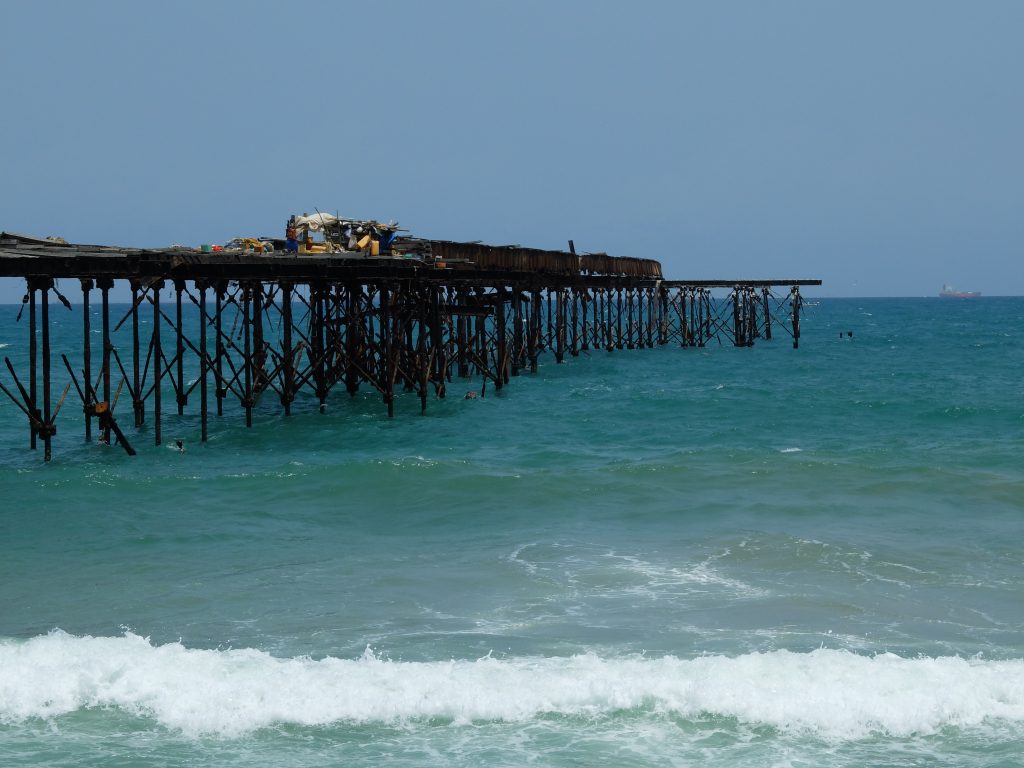
Instead the small German force retired toward a hill station at Kamina where a wireless radio allowed Berlin to maintain contact with German forces in Africa and naval forces in the Atlantic.
However, before surrendering the colony, the Germans fought a pair of rear guard actions. The Battle of Agbeluvhoe on August 15, 1914, which was a German defeat — though the Allies took more casualties. The Battle of Chra a week later would be the last of the campaign. Here a German force carefully deployed and dug-in a long a river and supported by three machine guns repulsed a superior Allied force in the event that foreshadowed the carnage of the Western Front. Refusing orders to counterattack the Germans and their African allies prepared to repulse a second Anglo-French assault.
It came the next morning but, only to find the German force had withdrawn toward Kadima where the German colonial forces eventually decided to surrender without further violence
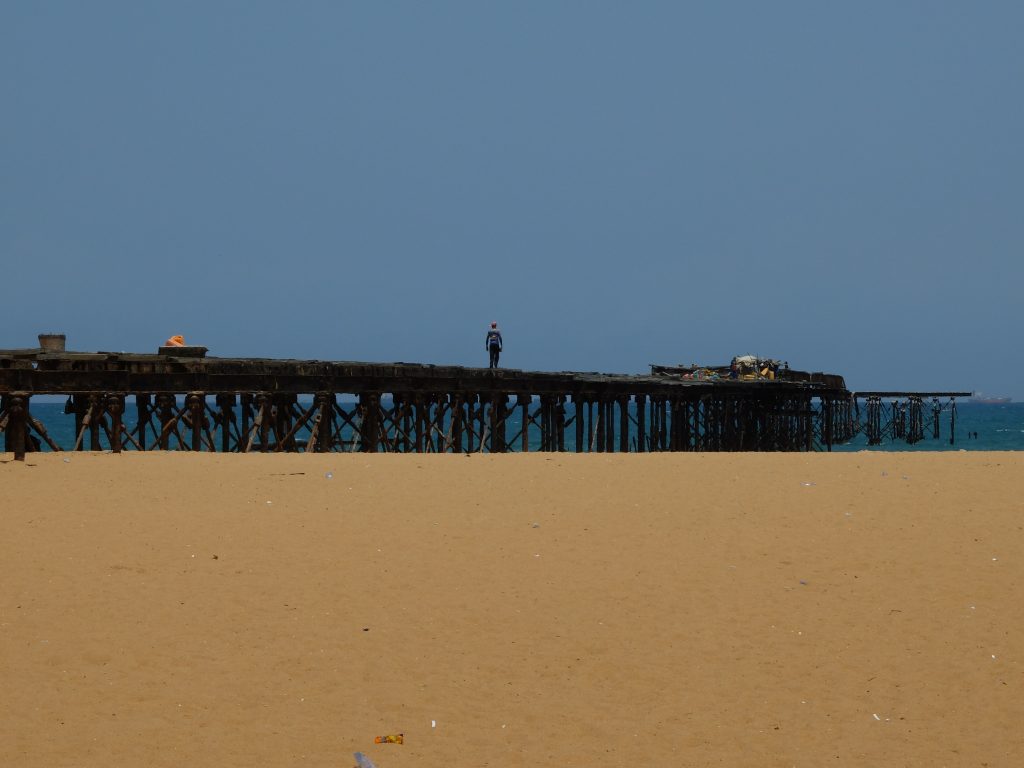
A ten minute walk away from the cathedral and directly in front of the faded Palm Beach hotel along Lome’s corniche are the ruins of a wharf completed in 1905.
By then the cathedral and governor’s mansion had already been built. However, supplies brought in here were undoubtedly used in the construction of the railway line and other German colonial facilities inland. Today most of the supporting steel frame of the 383-yard pier still stands slowly rusting into the sea. One section supports a small fishing shack.
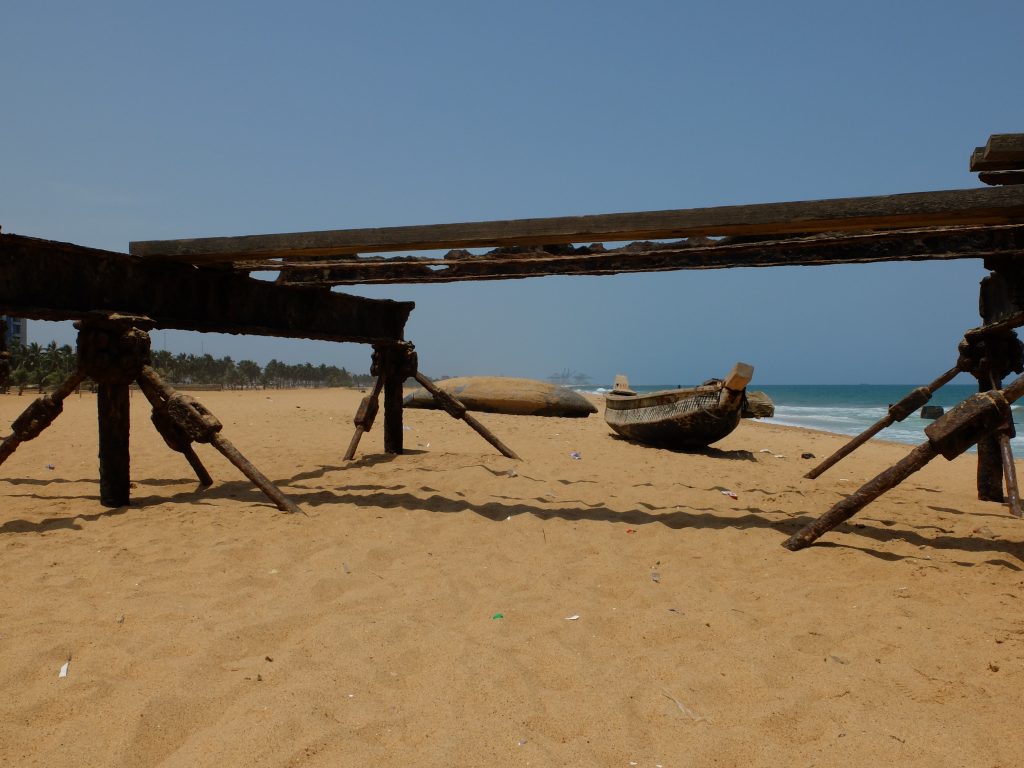
It is impossible to visit the former governor’s palace (from 1898-1905) which after independence from France in 1960 became briefly the seat of government. While visible from the corniche it is closely guarded by armed guards (though from a distance it appears to be undergoing some renovation).
“There are two palaces one built by the Germans,” said a soldier standing guard at the site “and later one built by the French.
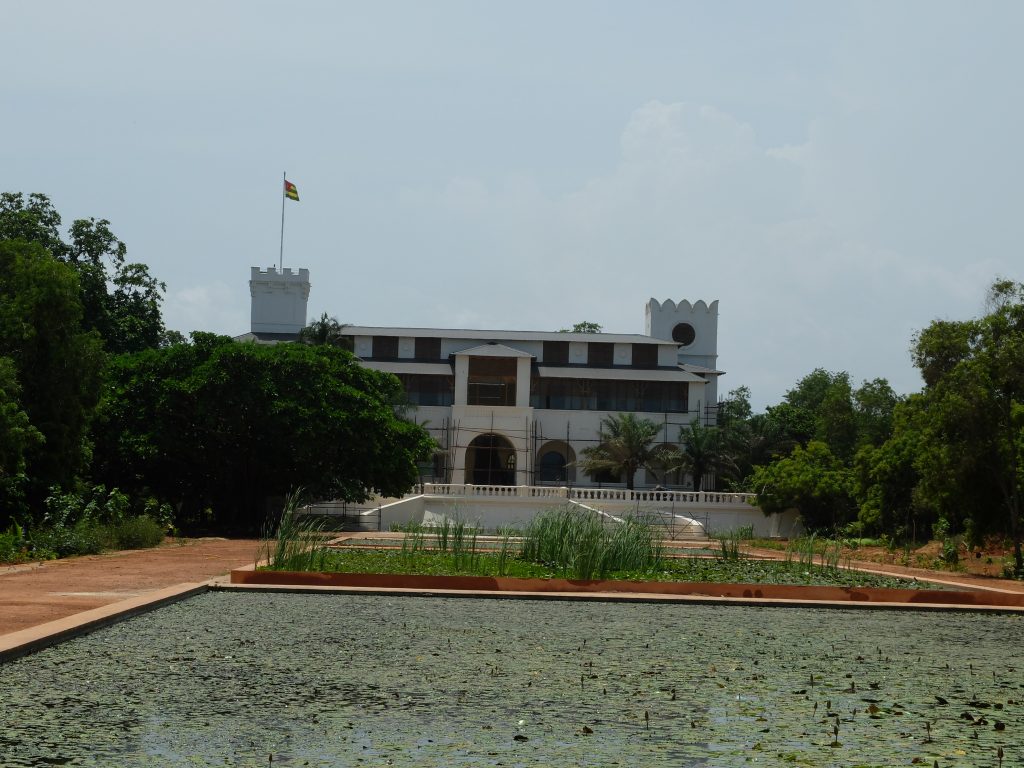
I almost gave up on visiting the final site I hoped to visit — the former district office. After the independence of Togo in 1960, an additional story was added to this structure, and it was used for a naval academy.
Motorcycle taxis remain the best way to get around in Lome where many streets are still unpaved. Motorcycle taxi drivers dozed in all of the rooms of the structure, and crowded chalkboards made clear that on weekdays it was used as a school.
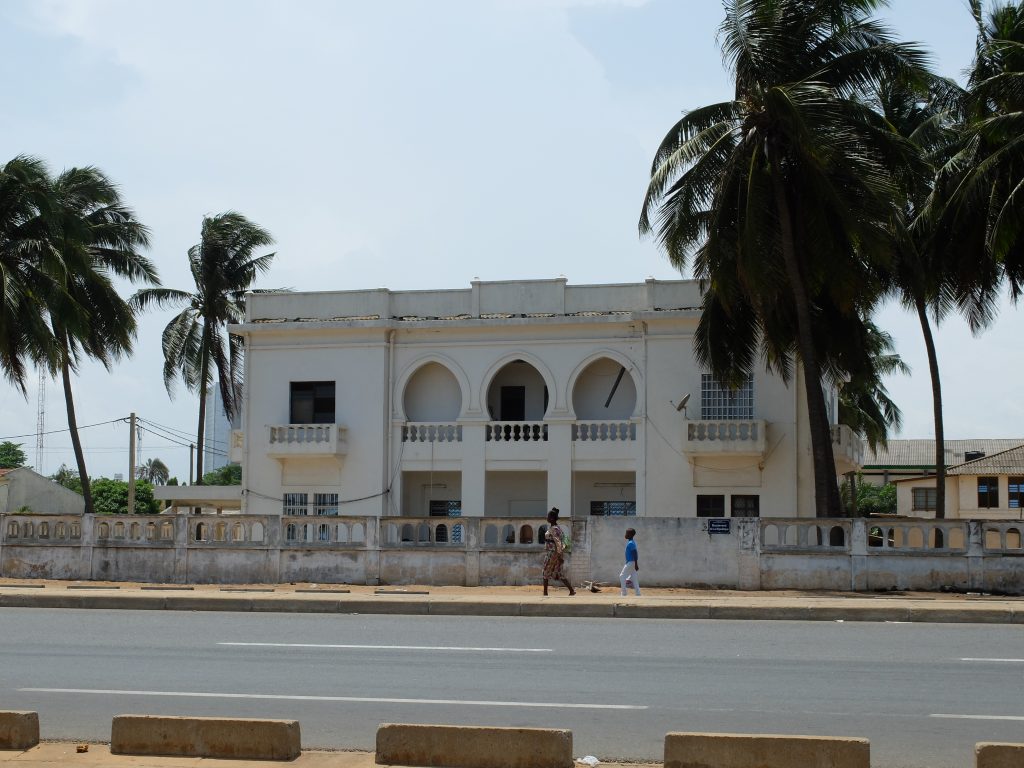
Togoland was the first colony to become self-sufficient within the German Colonial Empire (1884-1918) despite (or because) of the fact it remained the smallest in Africa. Only German Samoa would also achieve economic self-sufficiency. Togoland’s economic vitality may have encouraged newly independent Czechoslovakia to lobby to be awarded the territory by the League of Nations.
Today little signage alerts visitors to the history of the former colonial buildings. Few guidebooks take time to mention them. A small grill on the beach called “Le Wharf” includes both the Togolese and German flags – a nod to rusting German pier a stone’s throw away.
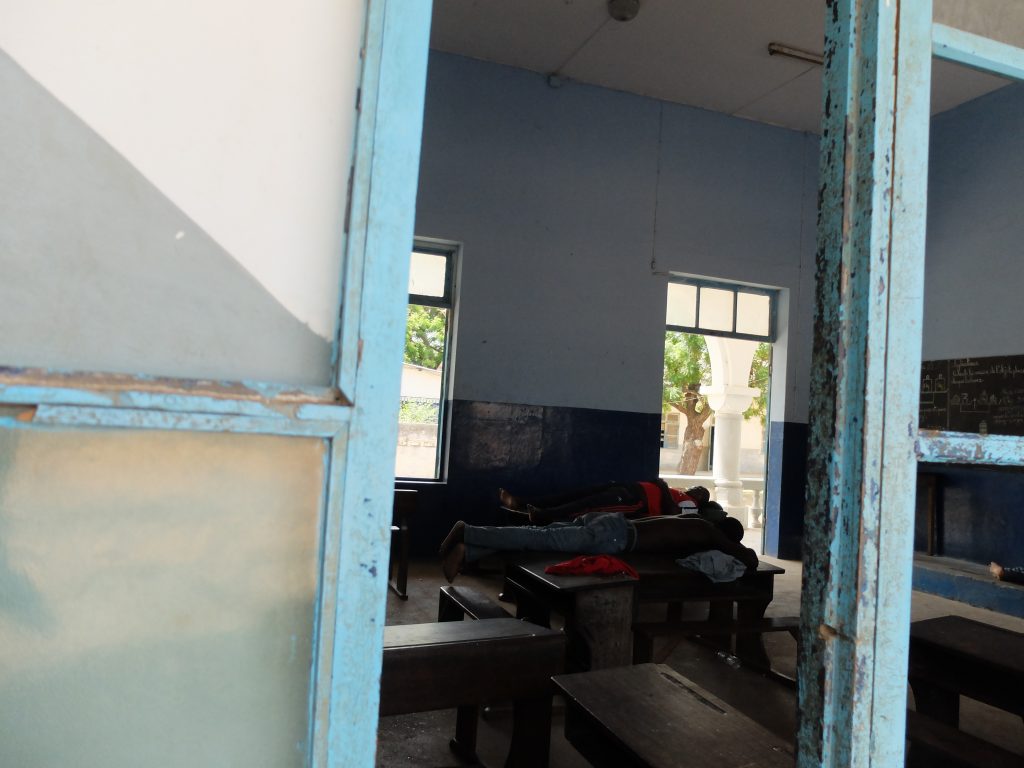
Those from the French colonial era outnumber the few German built structures. Lome, as with the majority of Togoland, was a French colony from 1918 until the independence of Togo 1960.
However, the Western portion of the German colony was reorganized as “Western Togoland” by the British before ultimately being incorporated into the British Gold Coast which following Sudan in 1956 became the second African colony to gain independence after World War II.
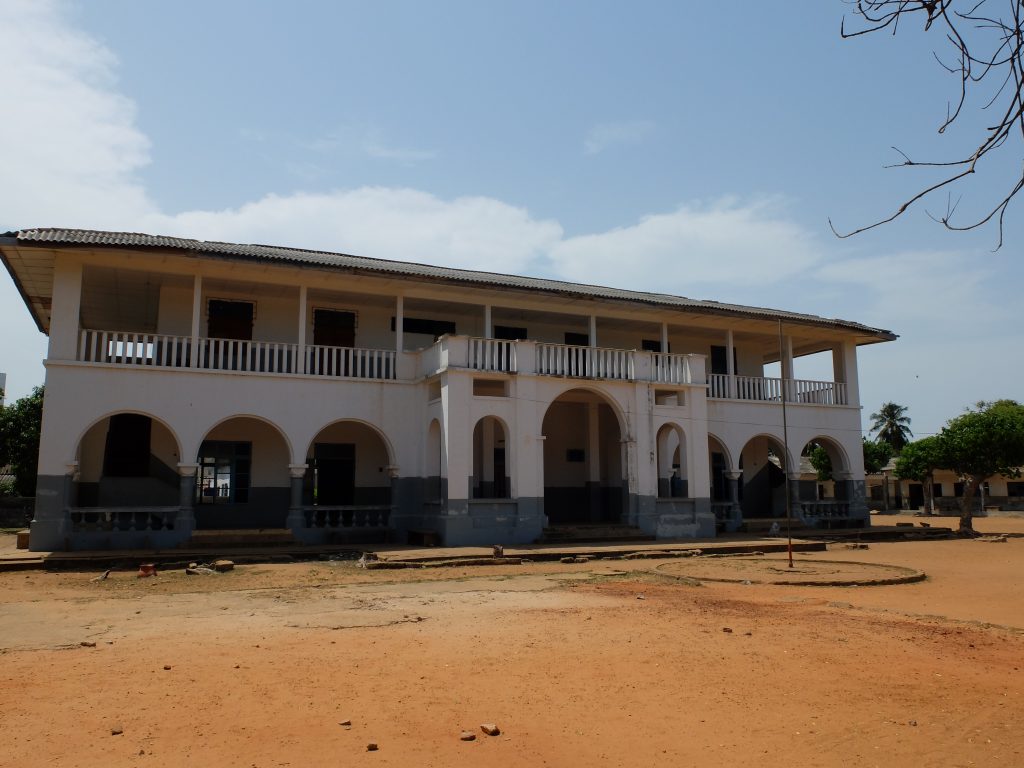
Mass arrests in the past few weeks in Ghana of Western Togoland, separatists allegedly planning a secessionist plot, suggest how while not visible German’s colonial empire continues to influence African politics down to the present.
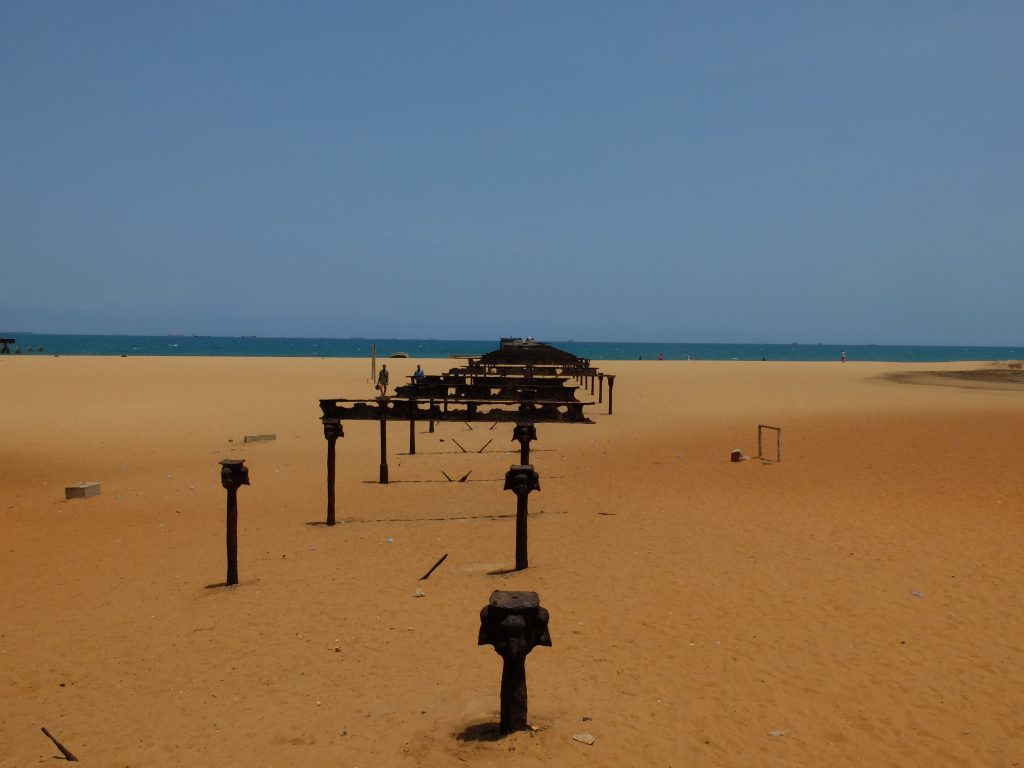


2 comments
Great story. Thank you !
Thank you for your kind words, please bookmark us and visit often, and sign up for our nightly newsletter!